Our 1973 Ferrari 246 GTS has been making some good progress in its restoration journey here at Bridge Classic Cars.
It recently underwent dry ice blasting as part of this process which was an interesting sight to see.
Dry Ice Blasting
Dry ice blasting is a cleaning process that uses solid carbon dioxide (CO₂) pellets (dry ice) as a blasting medium. For cleaning a car, it’s an eco-friendly alternative to more abrasive methods, such as sandblasting.
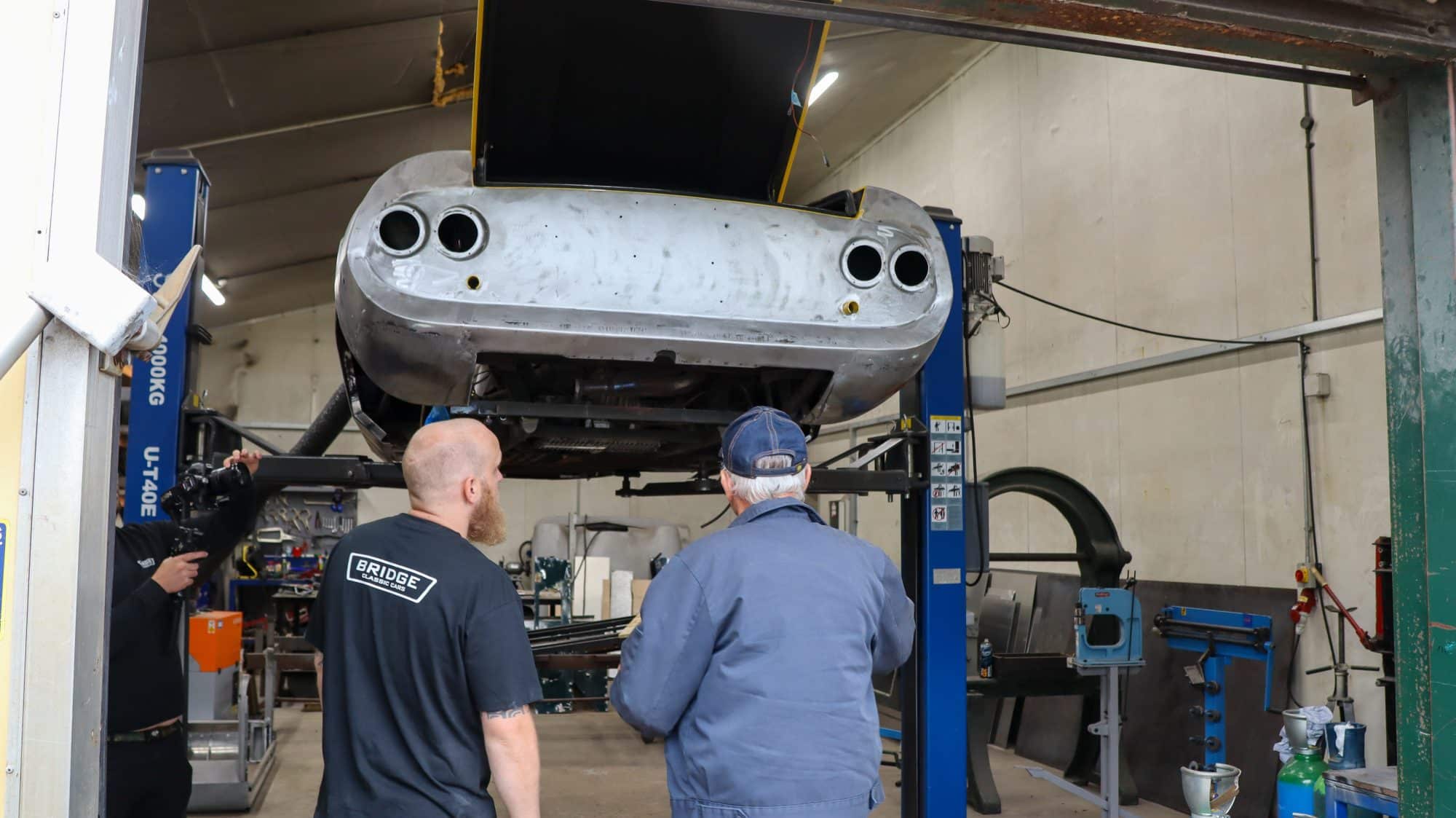
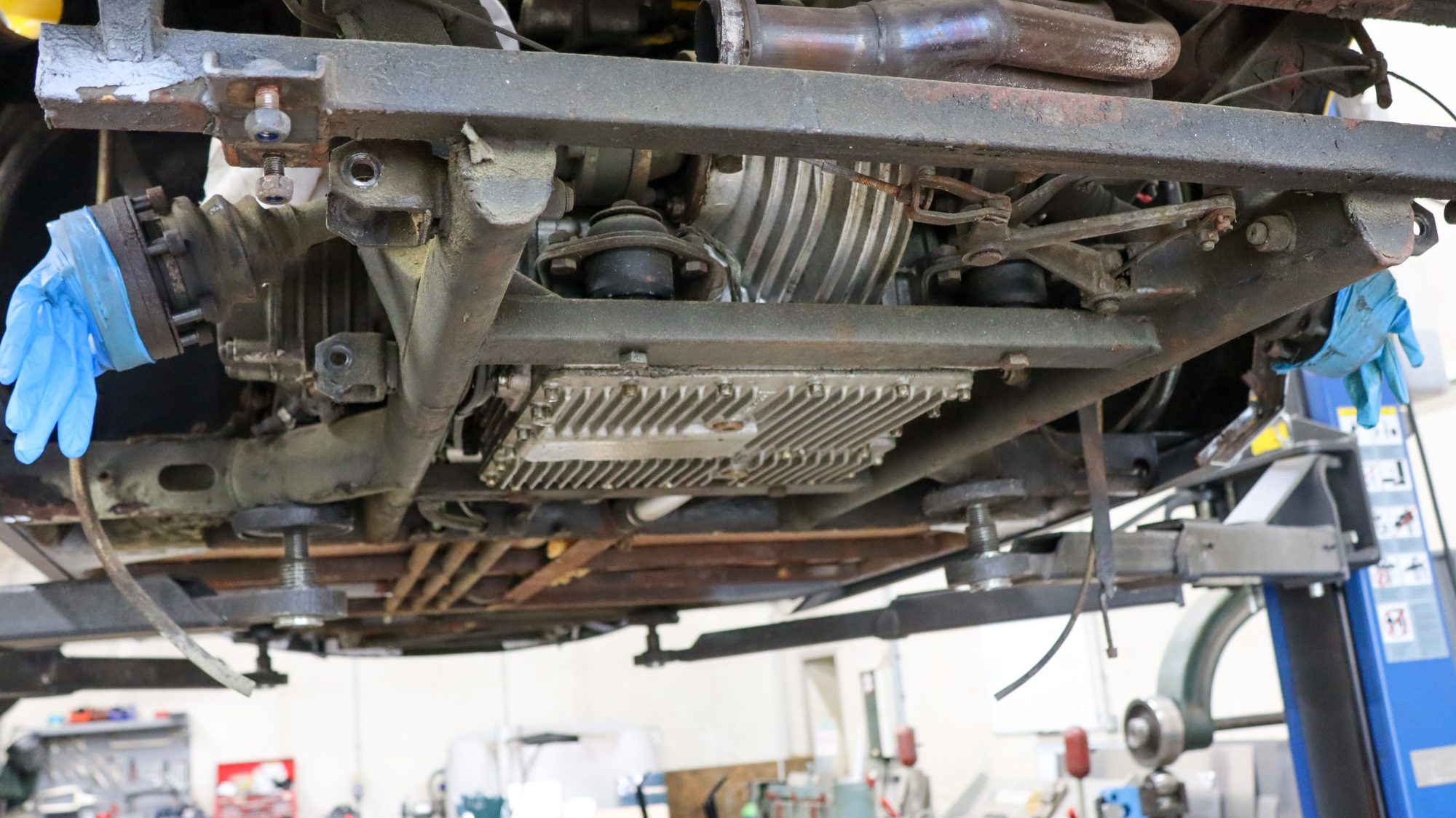
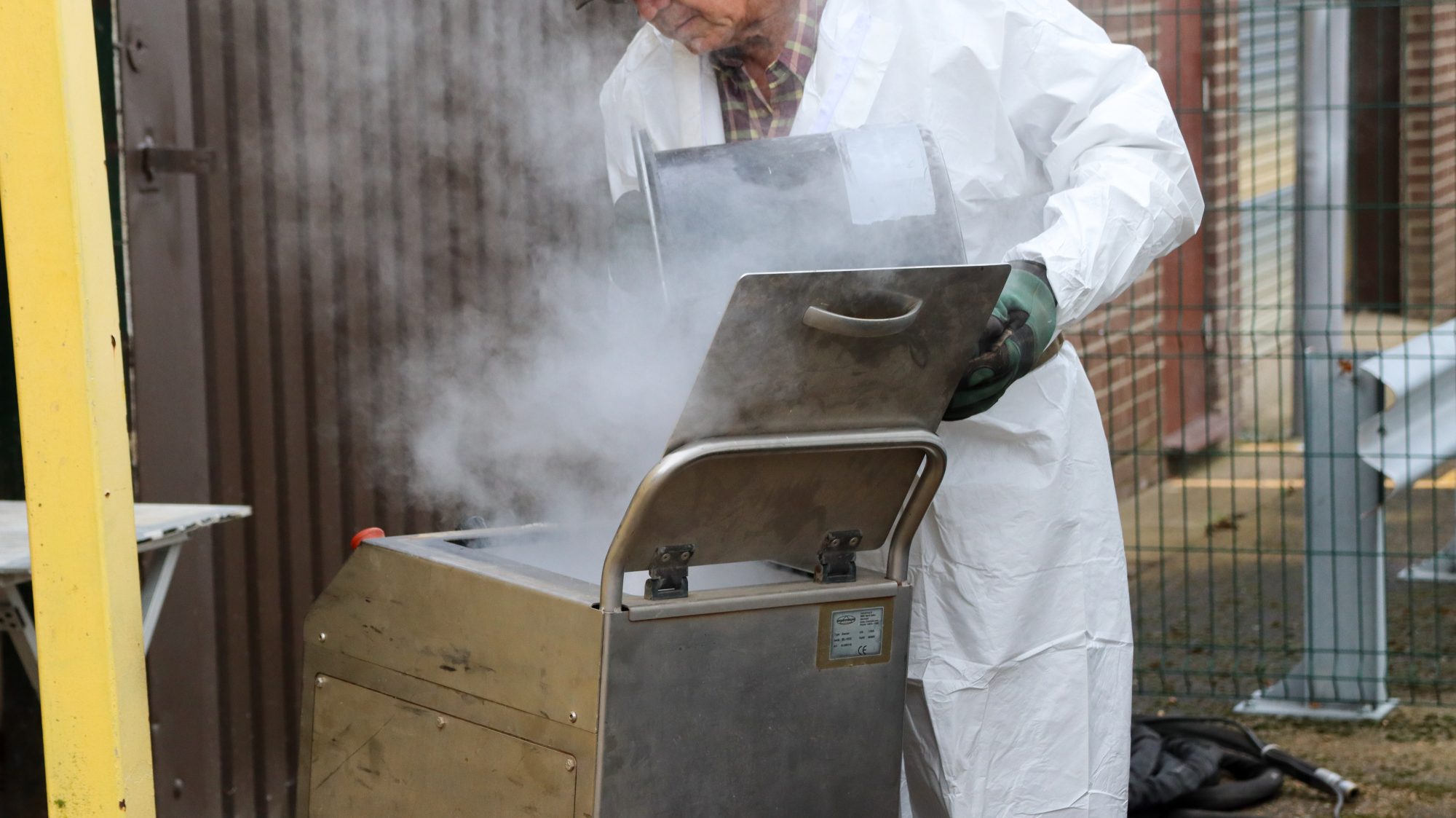
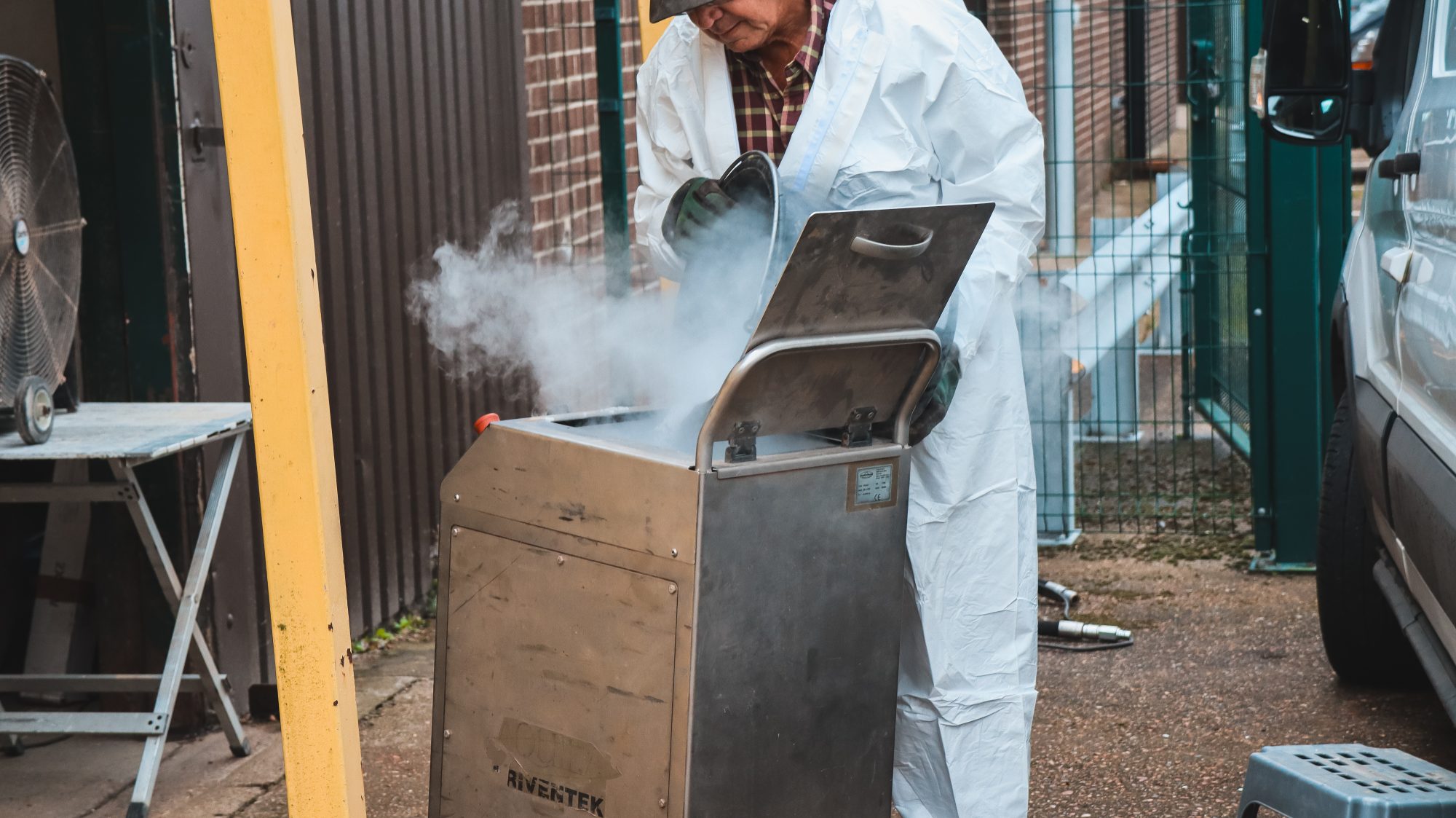
1. Preparation:
- The car is first prepared by removing loose parts and securing areas that don’t need to be cleaned.
- The dry ice pellets are loaded into a specially designed blasting machine.
2. Blasting Process:
- The dry ice pellets are propelled at high speed using compressed air from the machine through a nozzle, aimed at the car’s surface or parts that need cleaning.
- As the dry ice hits the surface, it instantly sublimates (changes from solid to gas) upon impact, leaving no residue behind.
3. Cleaning Action:
- Thermal shock: When dry ice hits the surface, it causes a rapid temperature drop, making dirt, grease, paint, and other contaminants brittle.
- Micro-explosions: As the dry ice sublimates, it expands almost 800 times its original volume. This creates tiny explosions that lift dirt and contaminants off the surface without damaging the underlying material.
- The contaminants, now loosened, can be easily blown away or wiped off.
4. Residue-free:
- Since dry ice evaporates into CO₂ gas, there is no secondary waste like with sand or water. Only the removed debris (dirt, grease, rust) needs to be cleaned up afterwards.
5. Safe for Delicate Surfaces:
- Dry ice blasting is non-abrasive, meaning it won’t damage paint, glass, or other sensitive components. It can effectively clean sensitive parts like the engine bay or the underside of a car without the risk of rust or corrosion that water-based cleaning might cause.
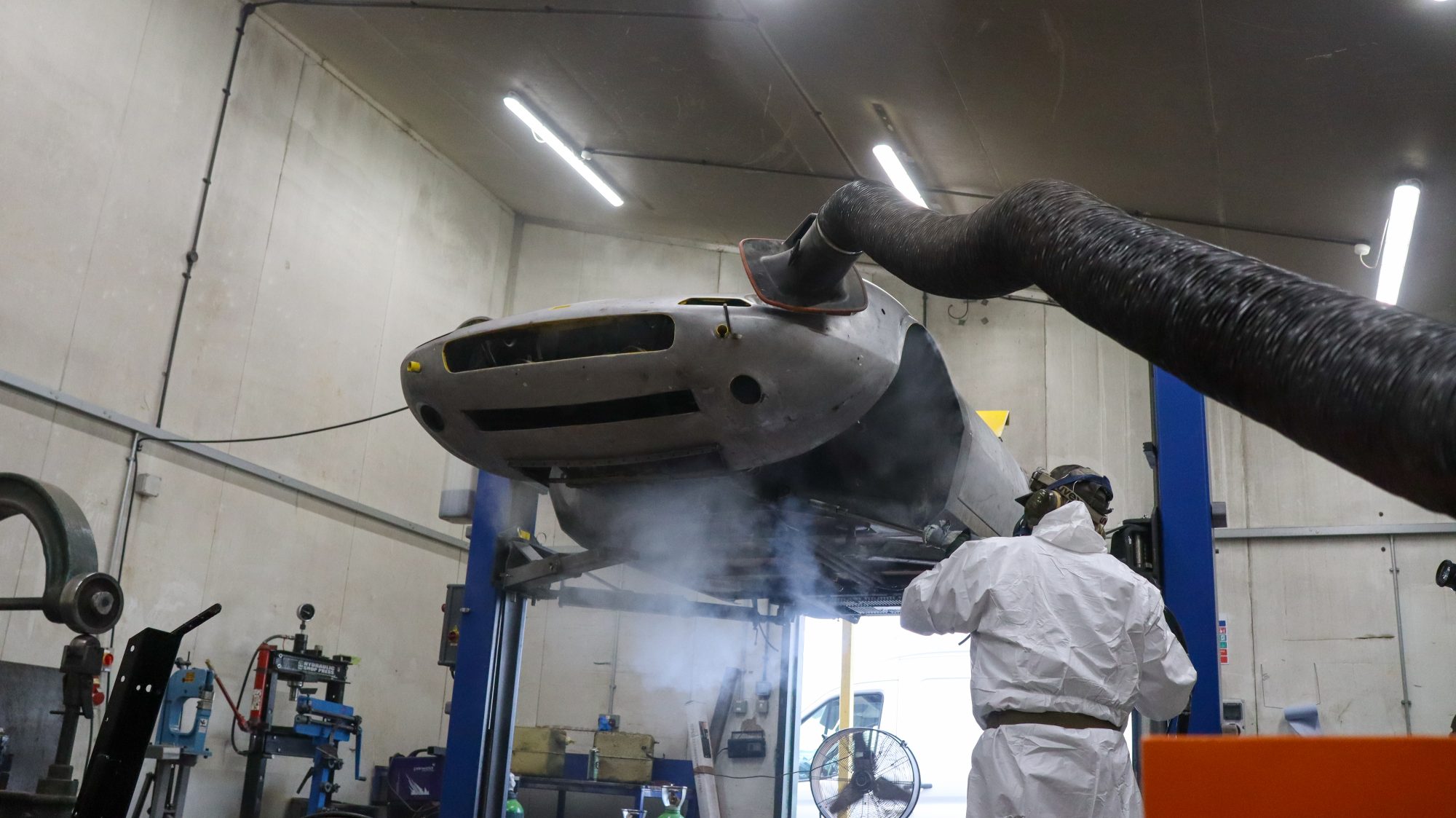
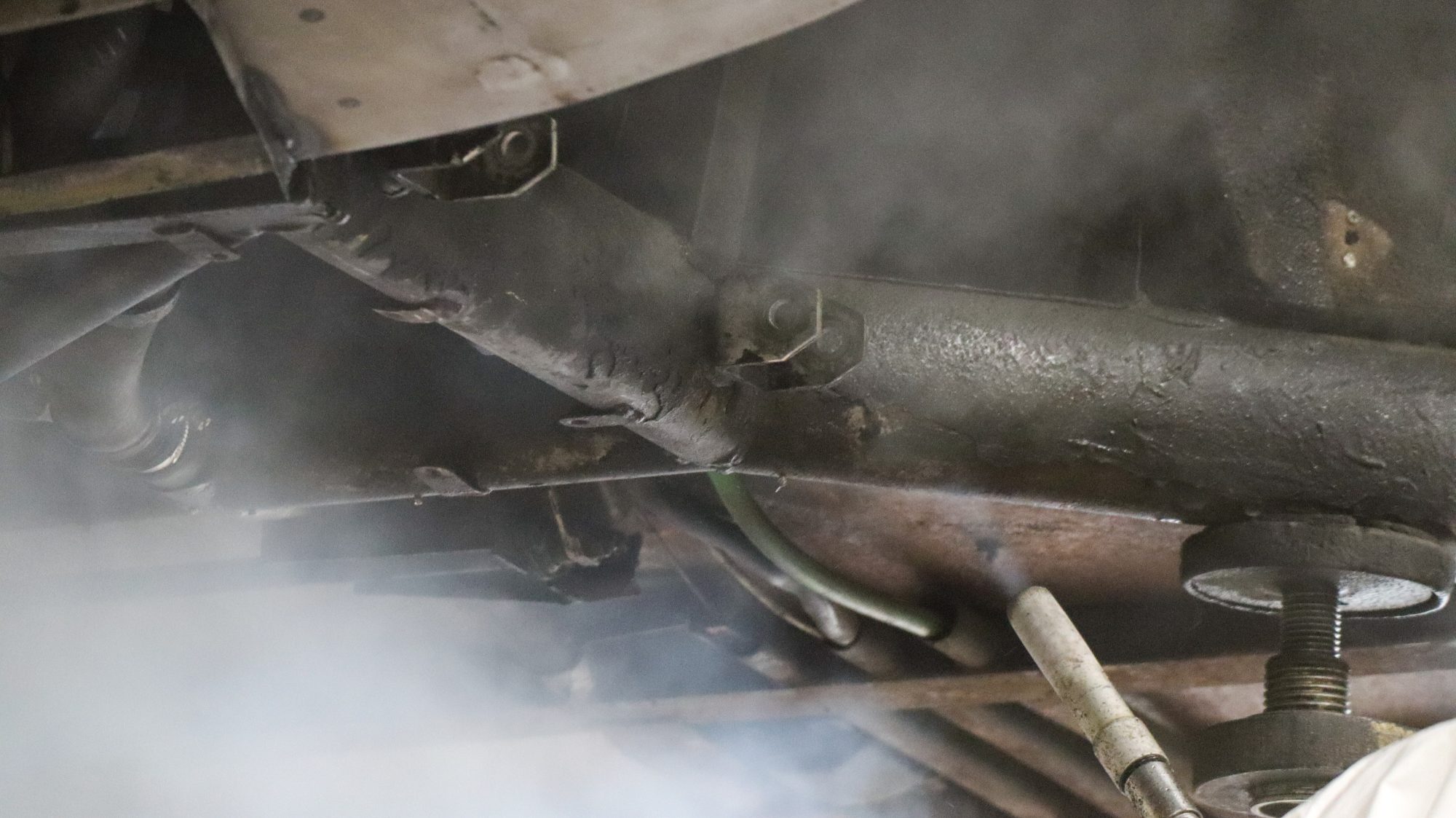
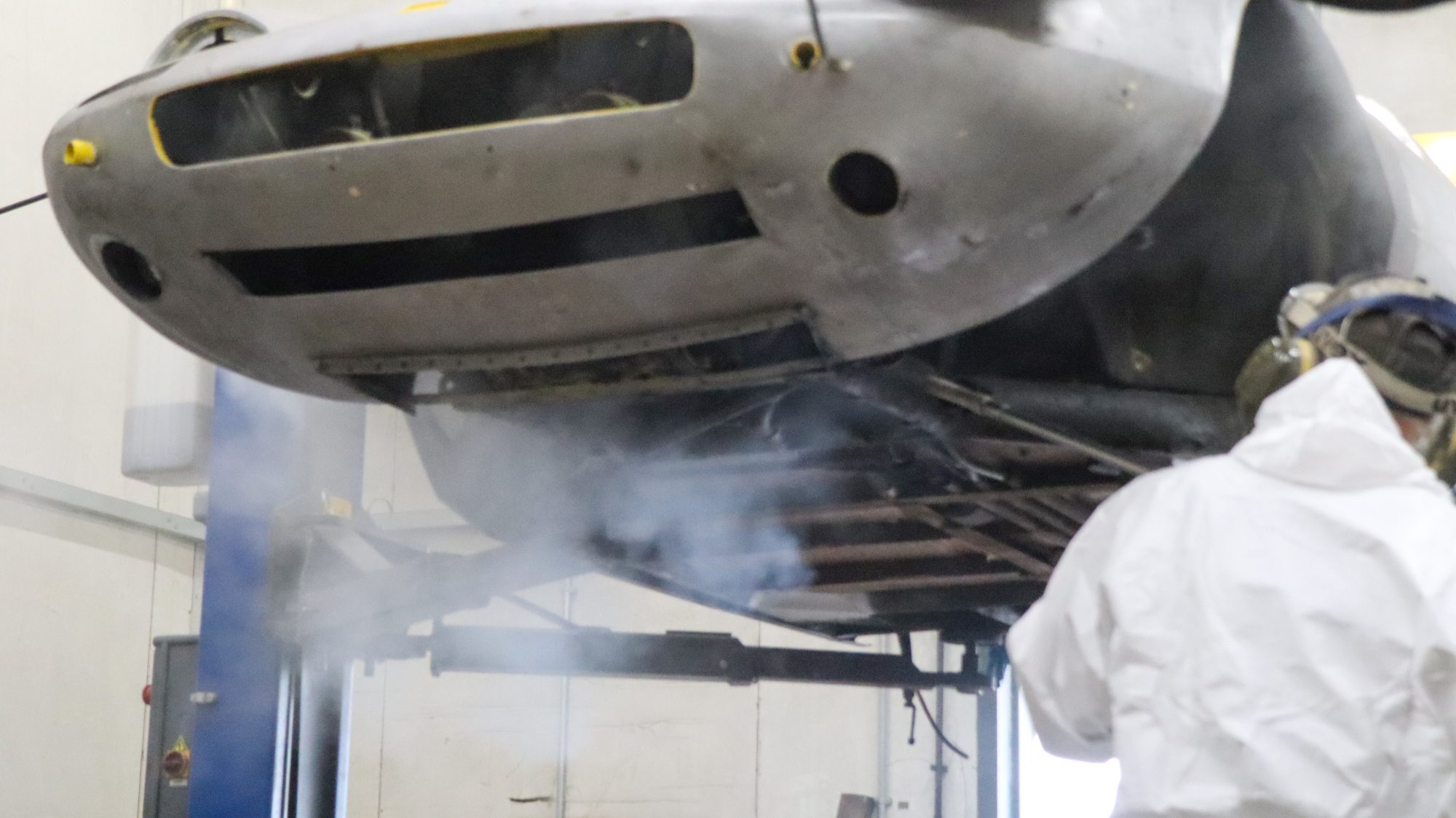
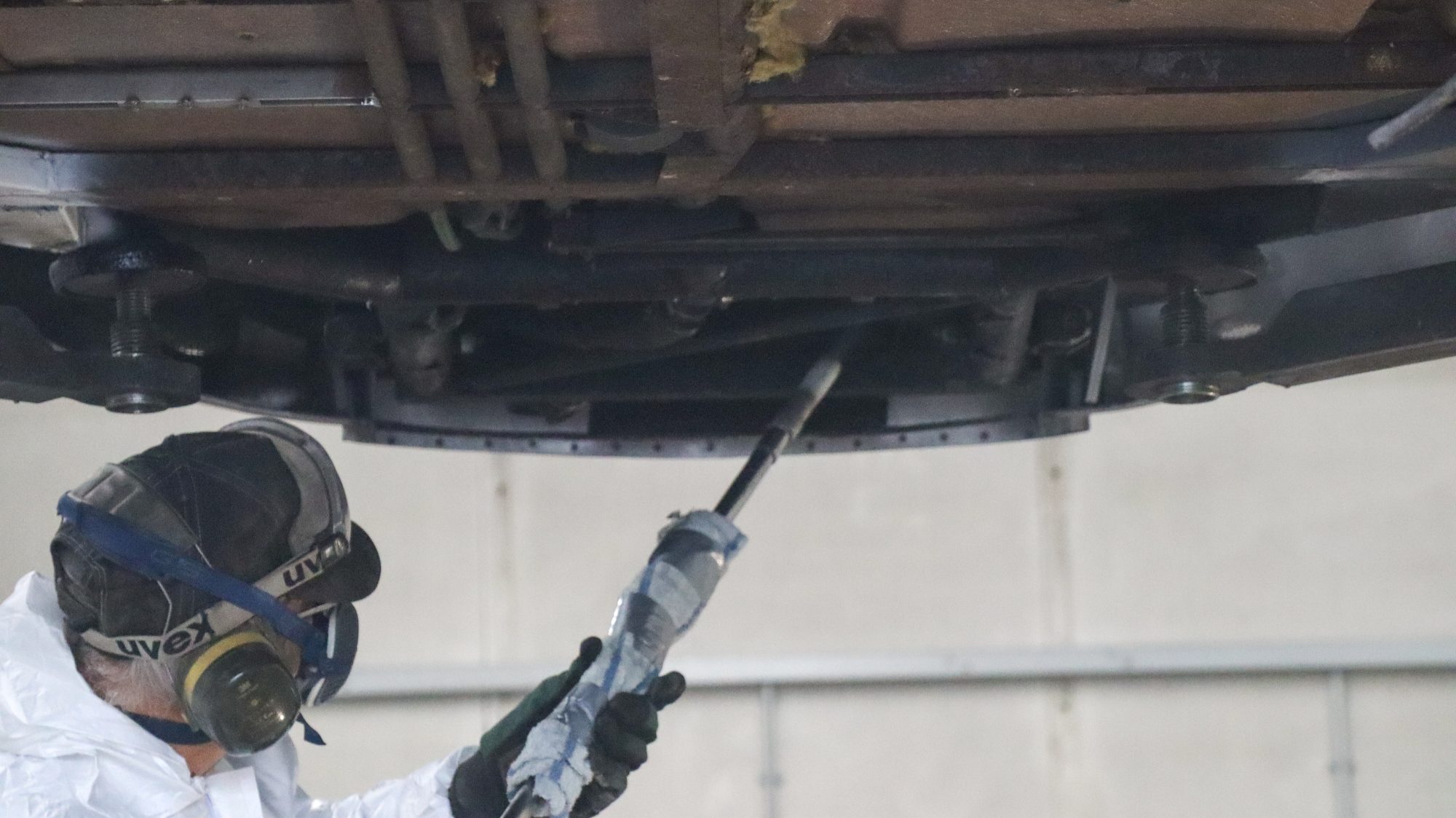
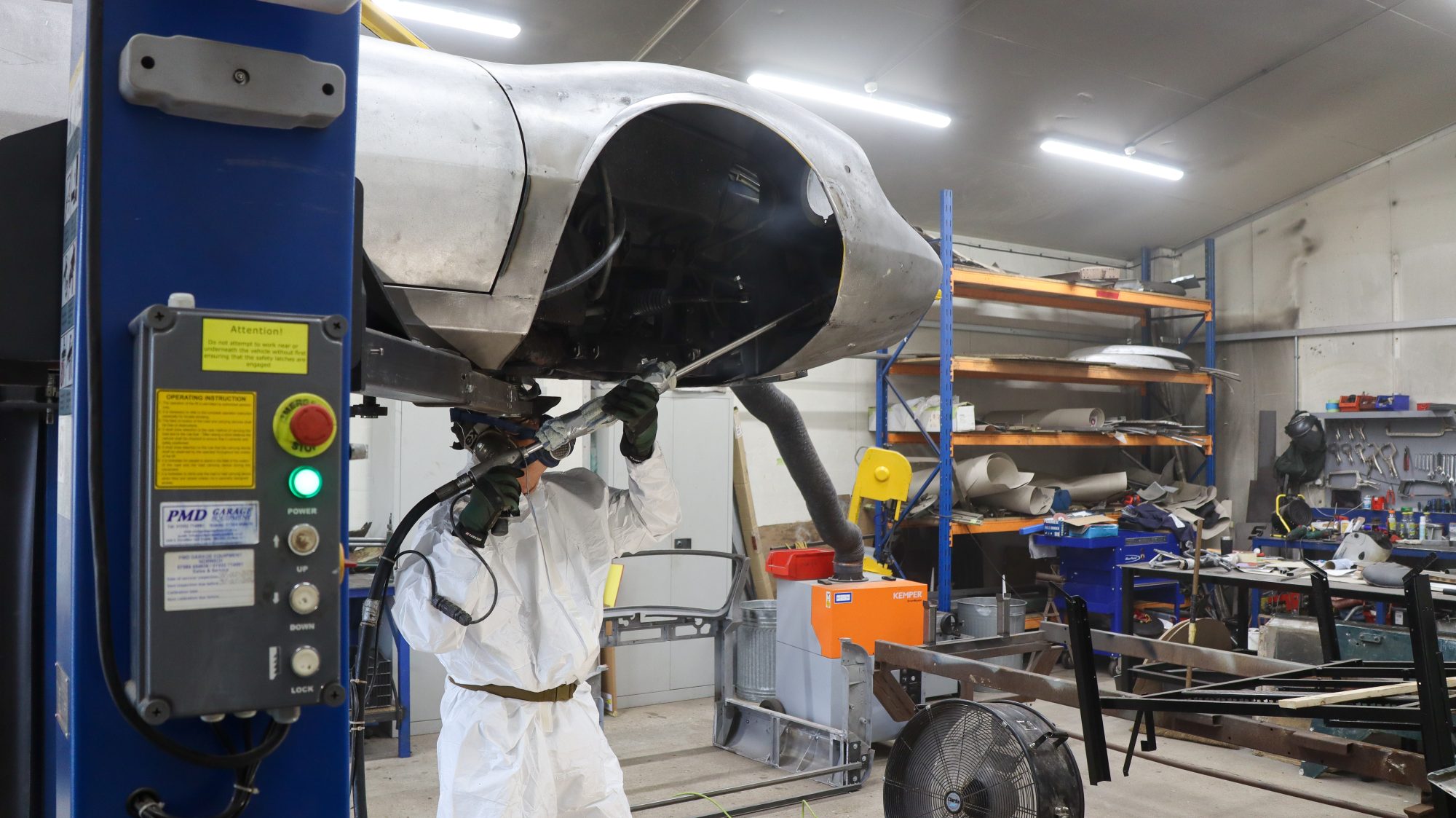
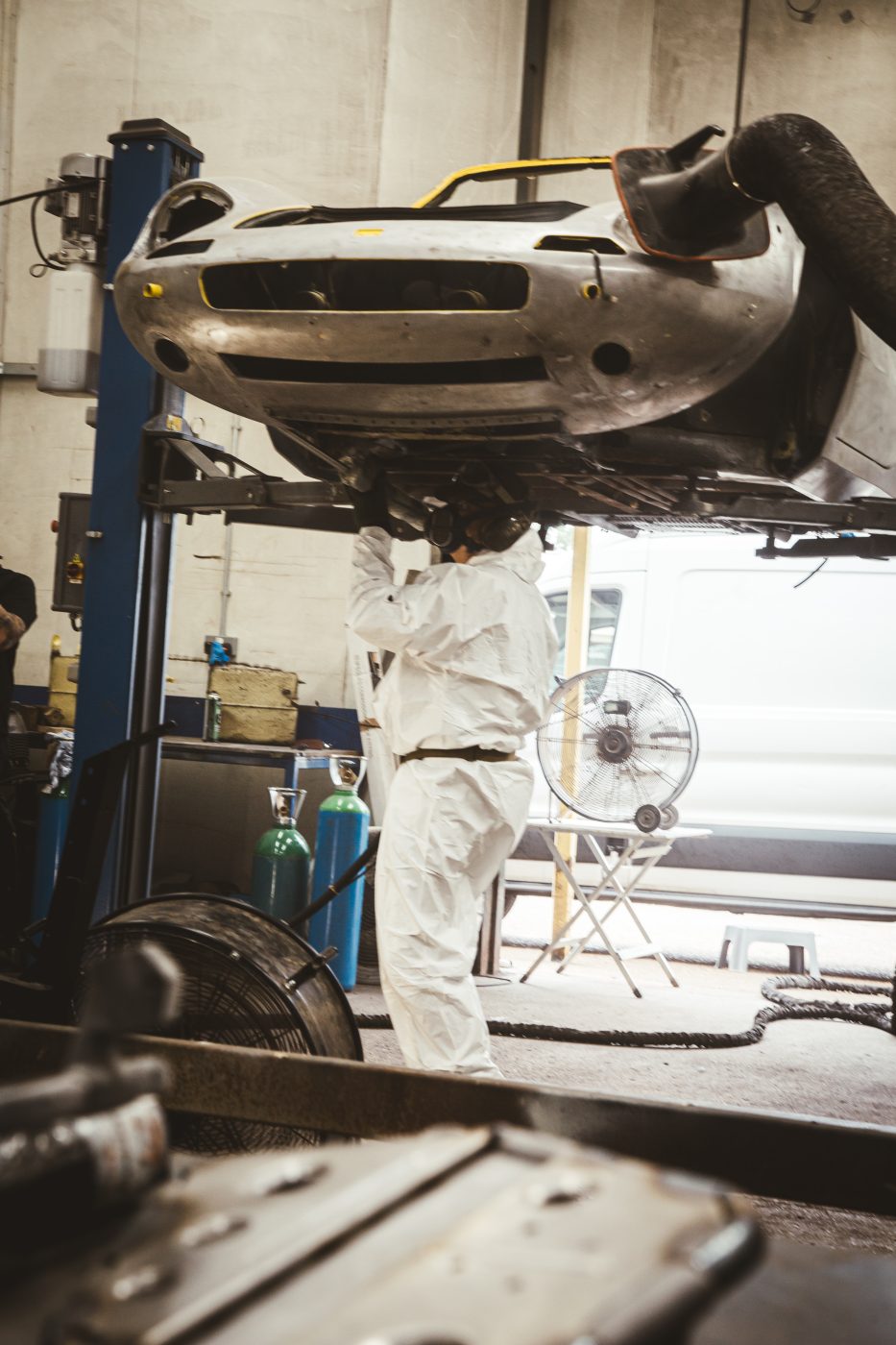
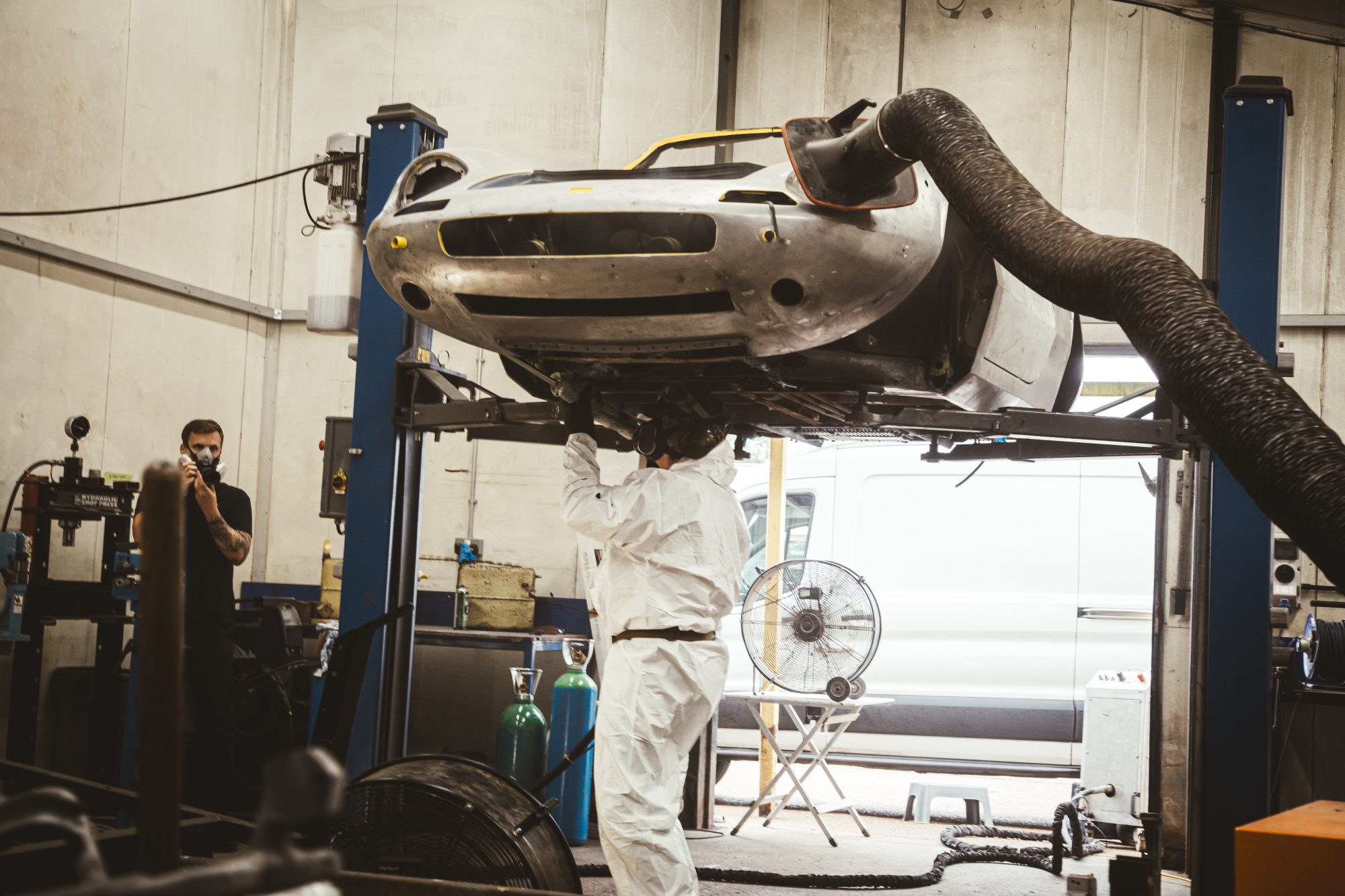
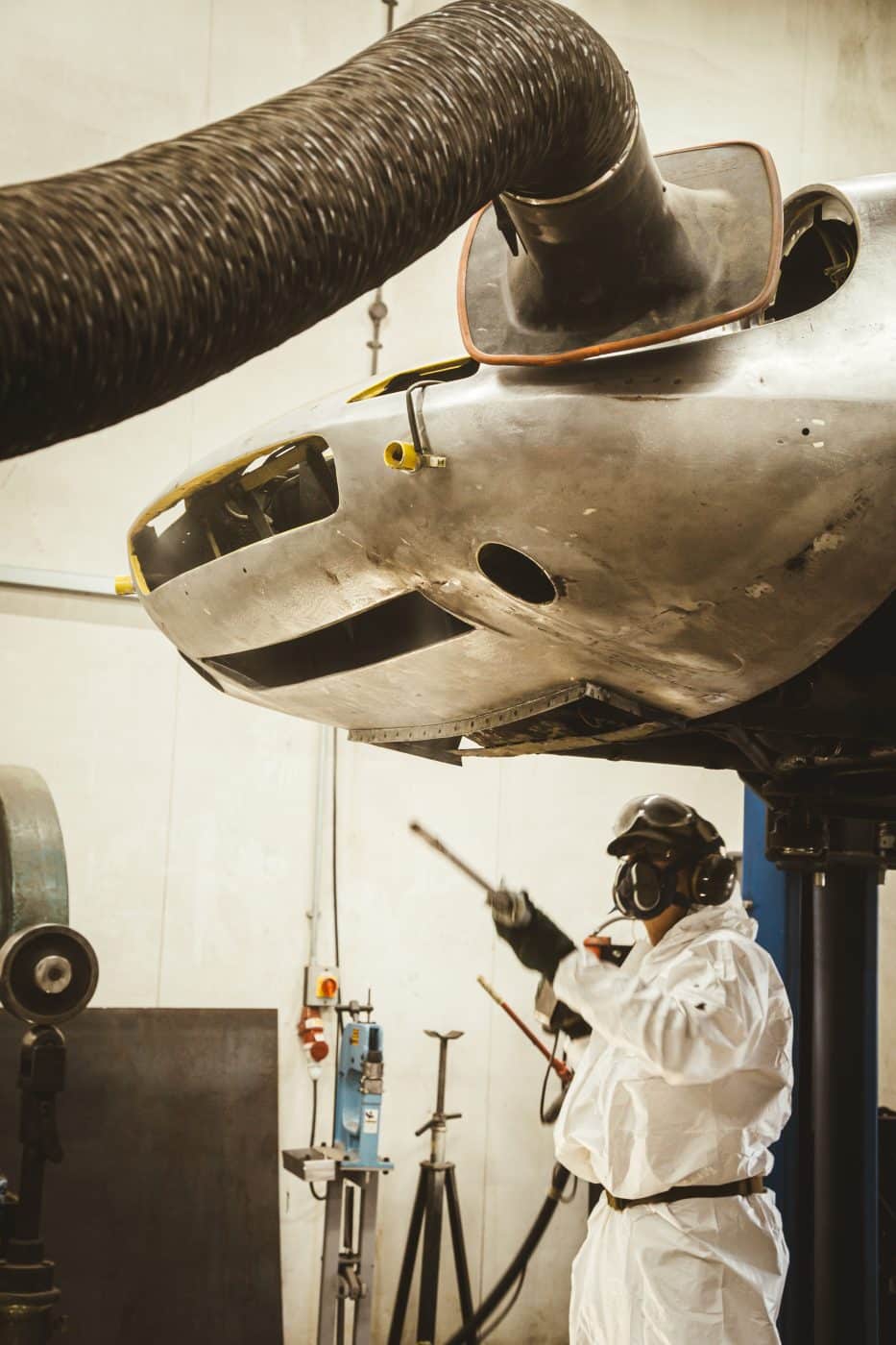
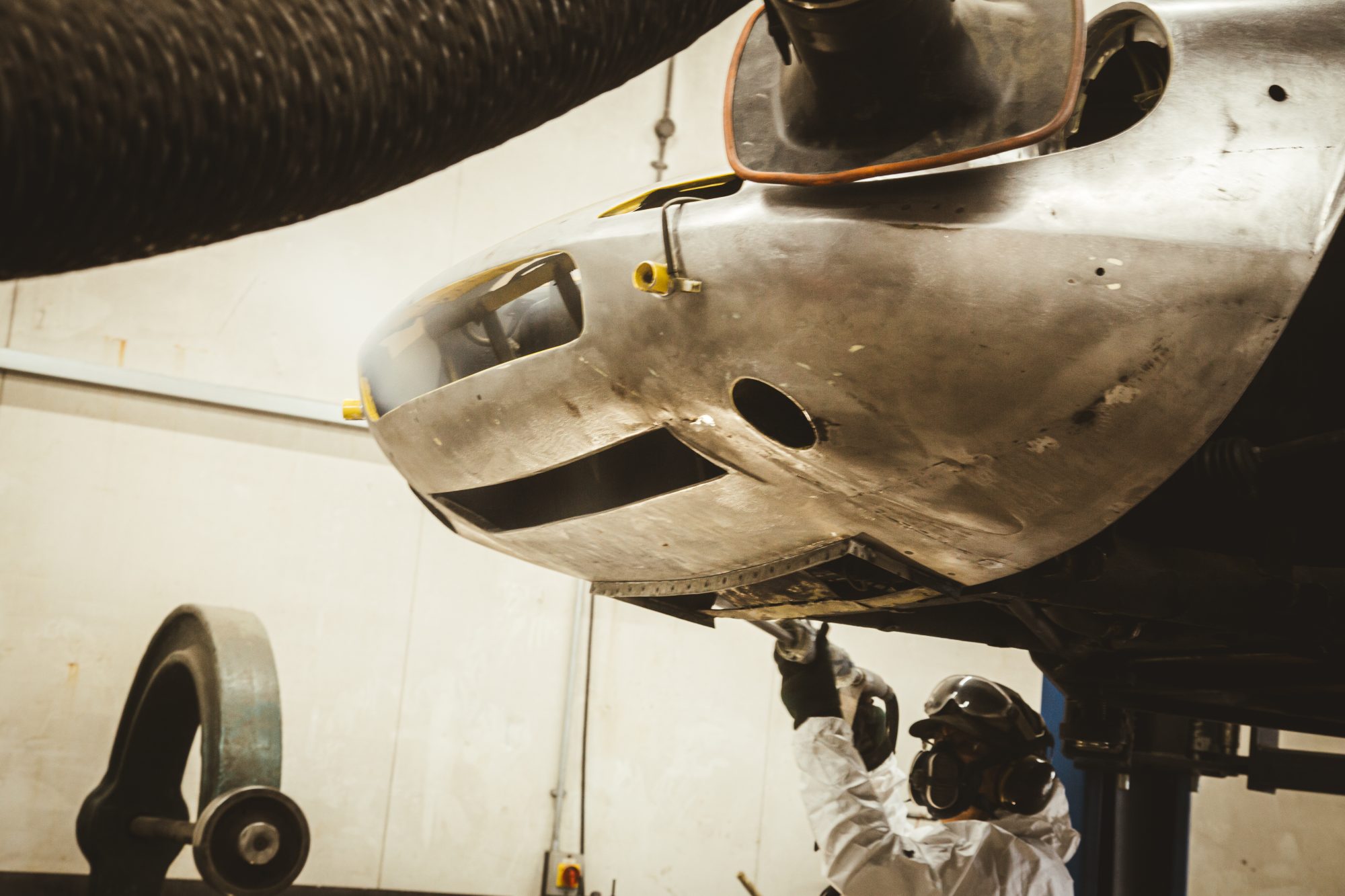
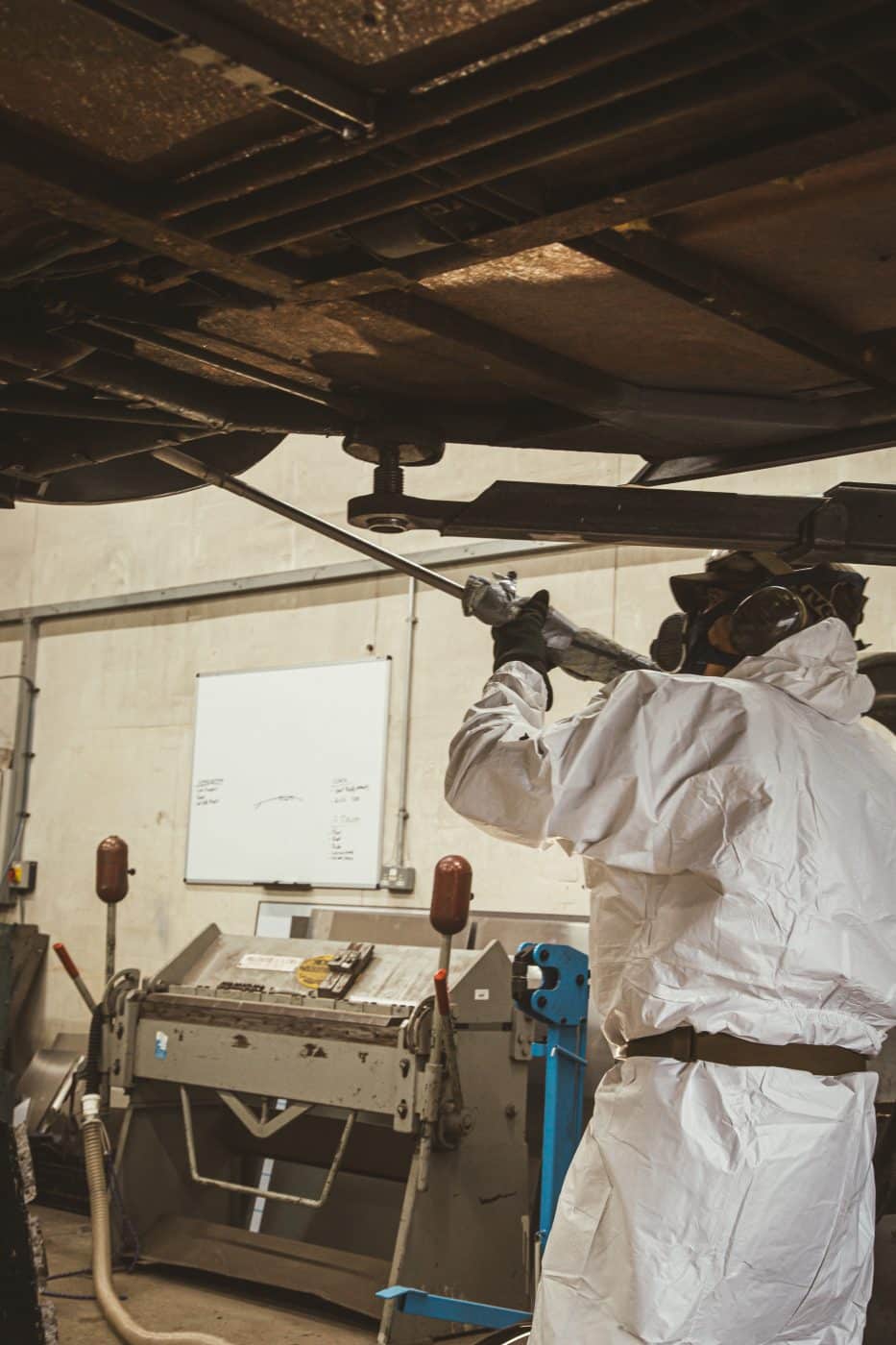
Benefits for Cars:
- No chemical residue: It’s an environmentally friendly method as no harsh chemicals are involved.
- Non-abrasive: Safe for cleaning without damaging surfaces like aluminium, chrome, or painted parts.
- Minimal cleanup: As dry ice evaporates, there’s less mess to deal with, unlike other methods that use sand or water.
- Restores original look: Especially useful for removing oil, grease, undercoating, and contaminants without damaging the surface.
Common Uses in Car Detailing:
- Engine Cleaning: Removes grease and oil without needing to dismantle parts.
- Underside: Cleans off dirt, rust, and road debris effectively, leaving a clean surface.
- Paint Preparation: Removes old paint, adhesives, or sealants in preparation for a new paint job, without damaging the metal surface.
Dry ice blasting is an efficient, safe, and eco-friendly method to clean cars, particularly for those looking to maintain or restore vehicles to like-new condition.
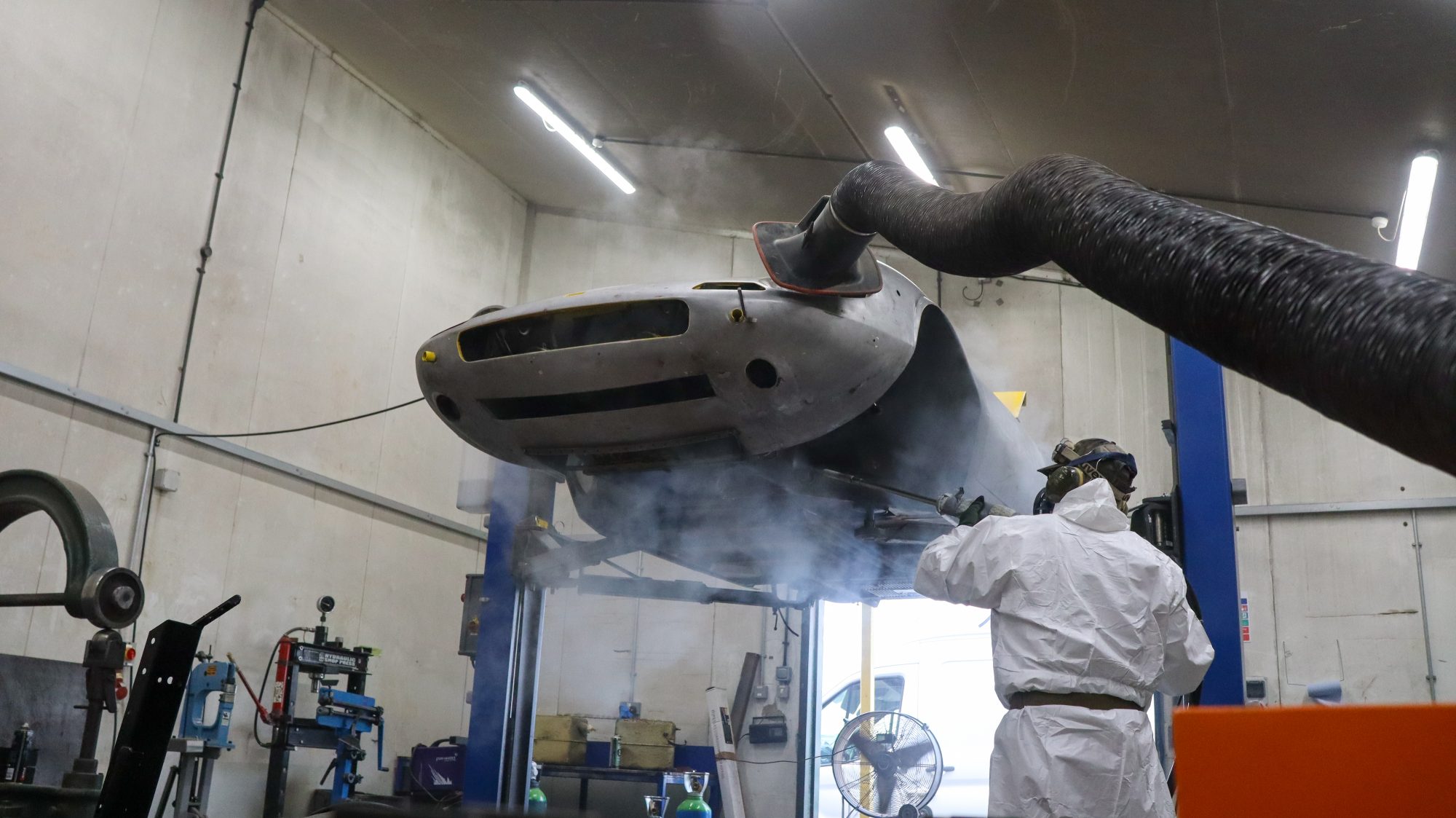

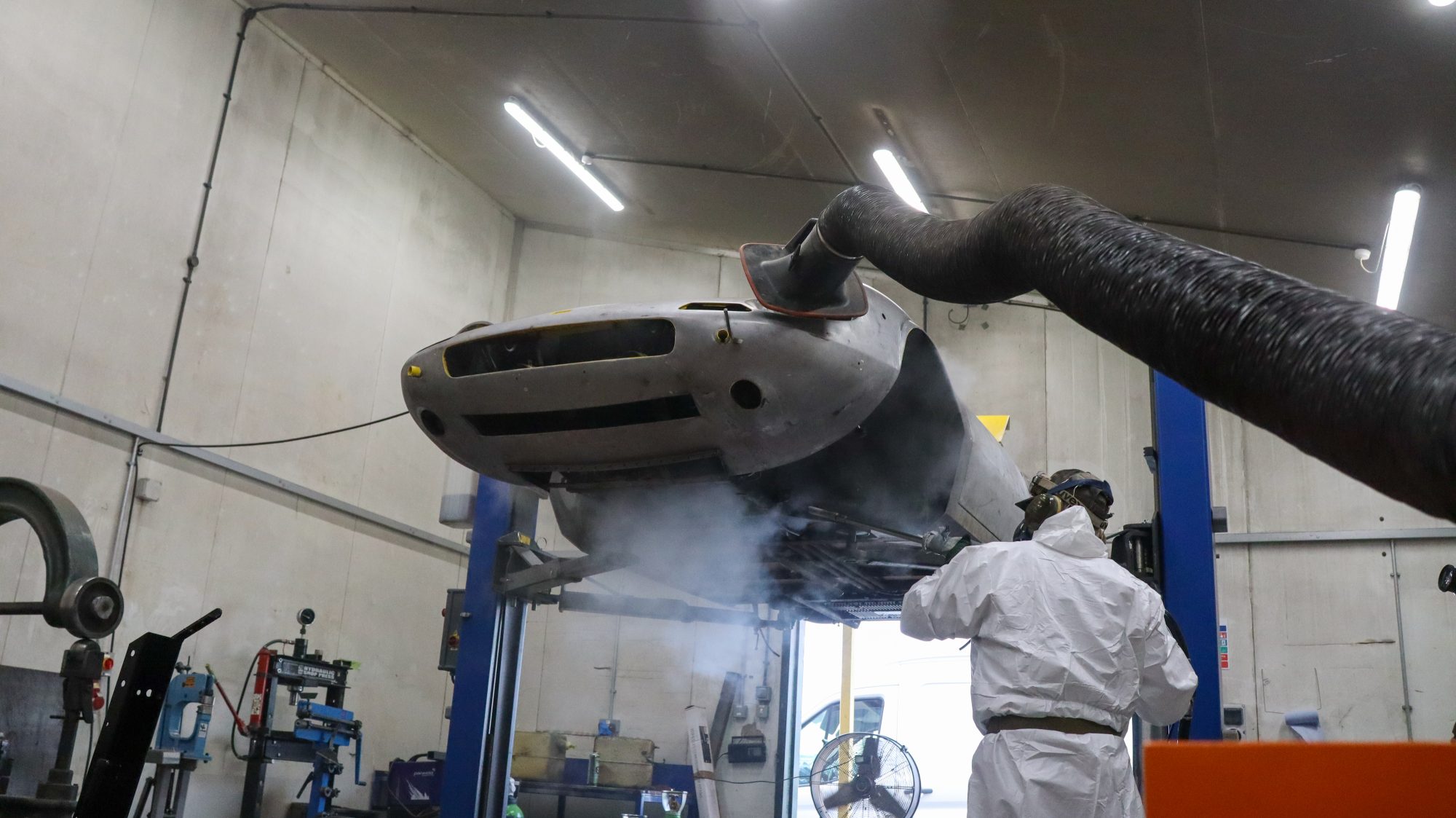
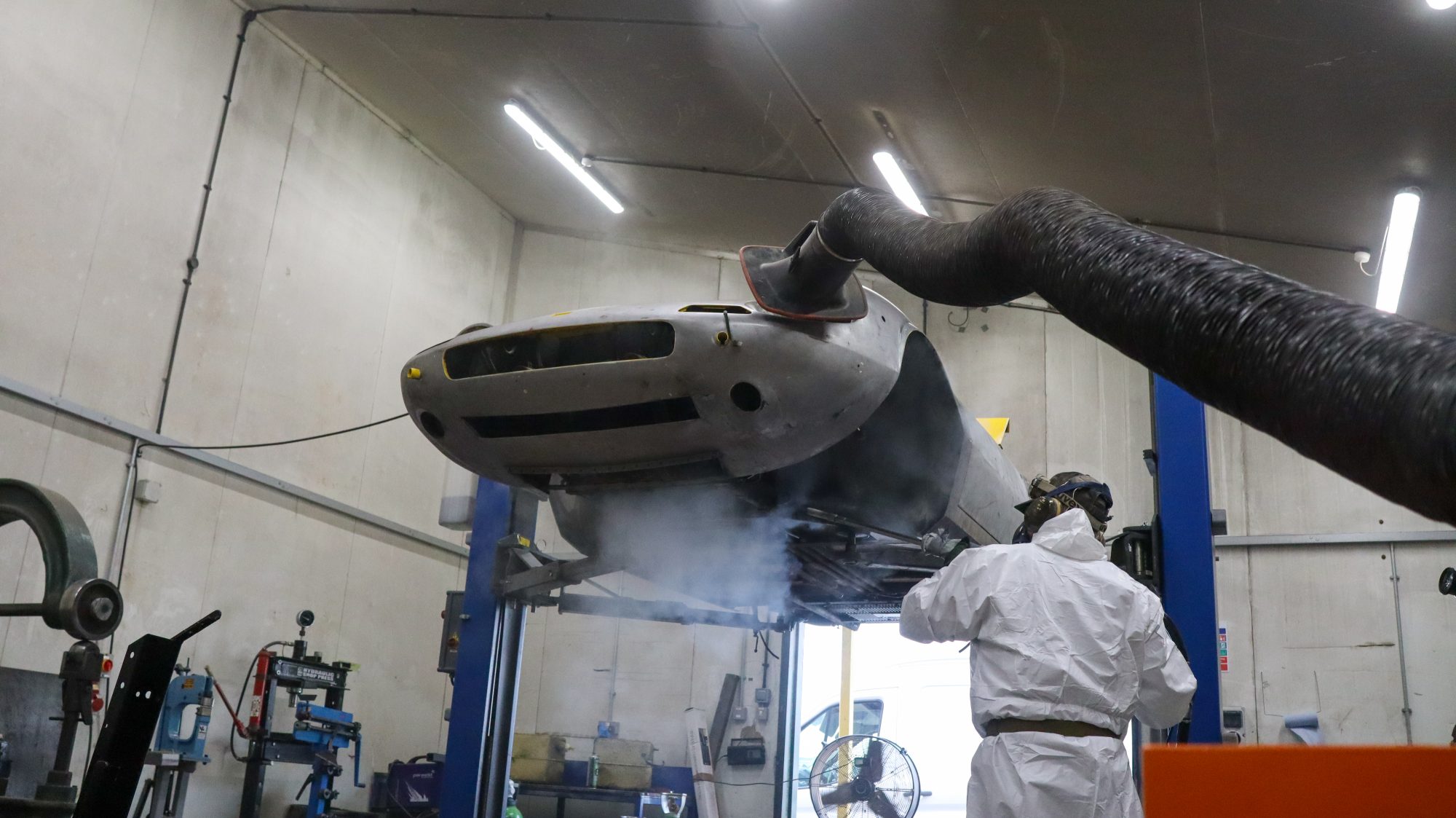
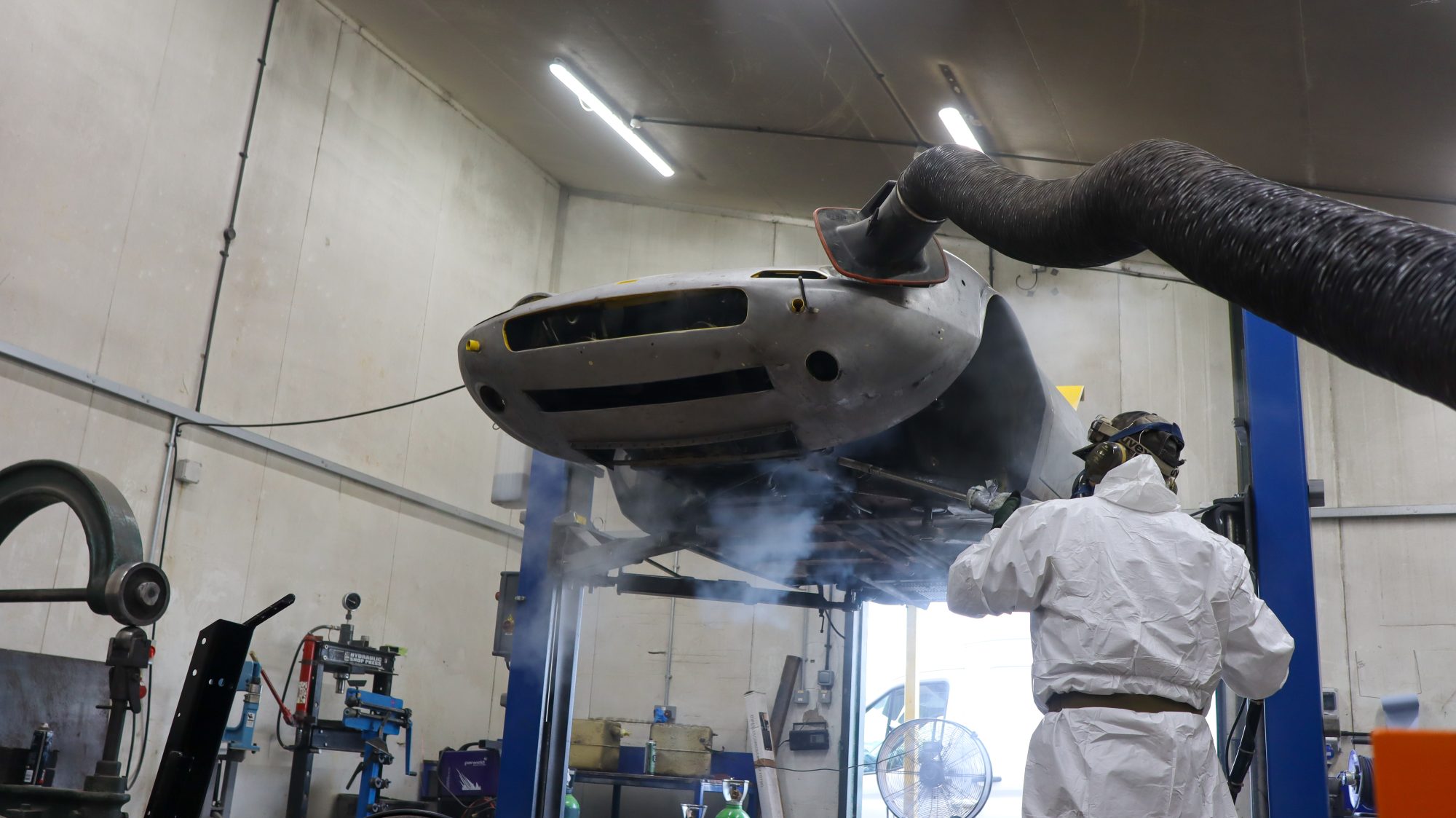

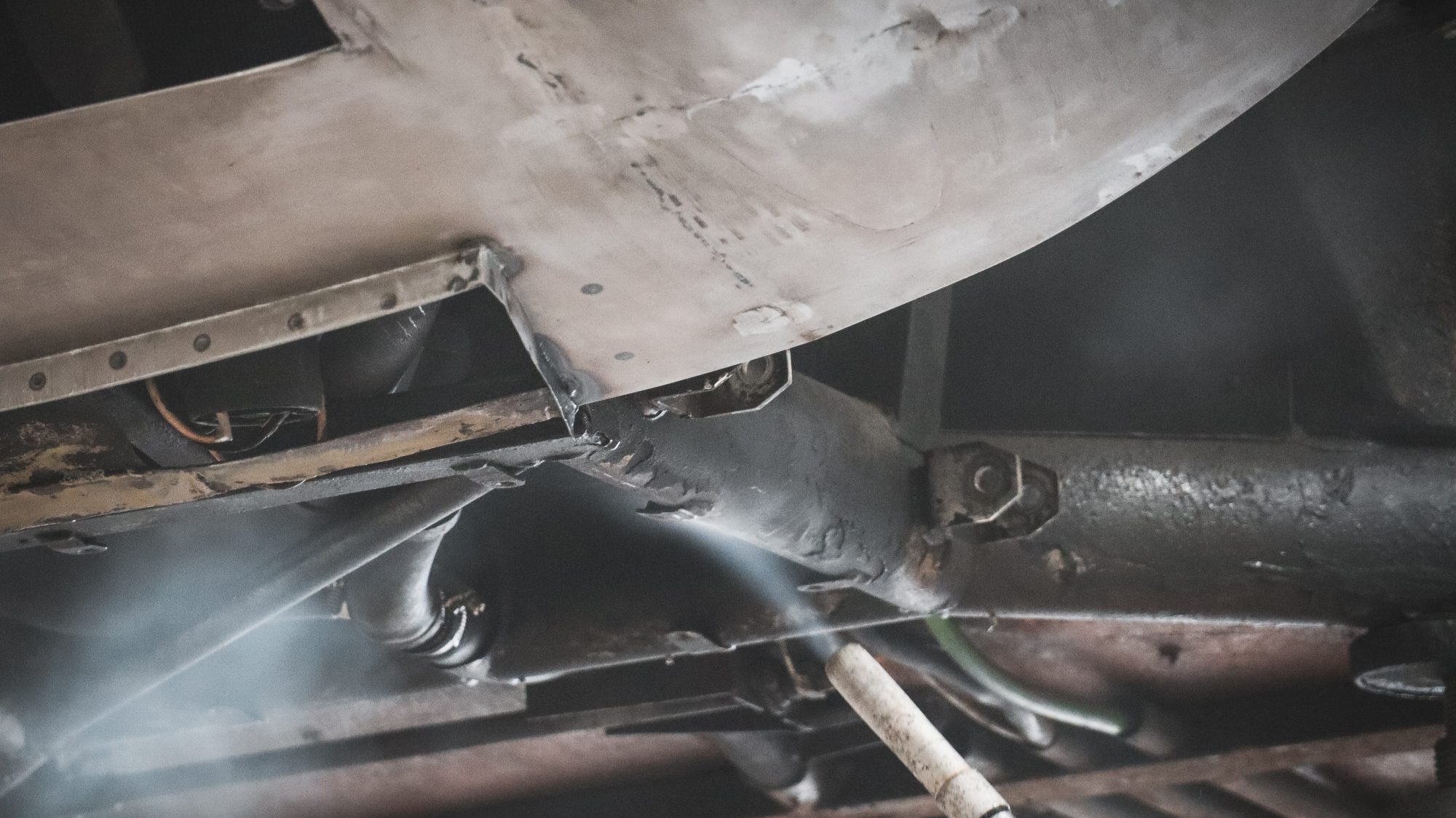
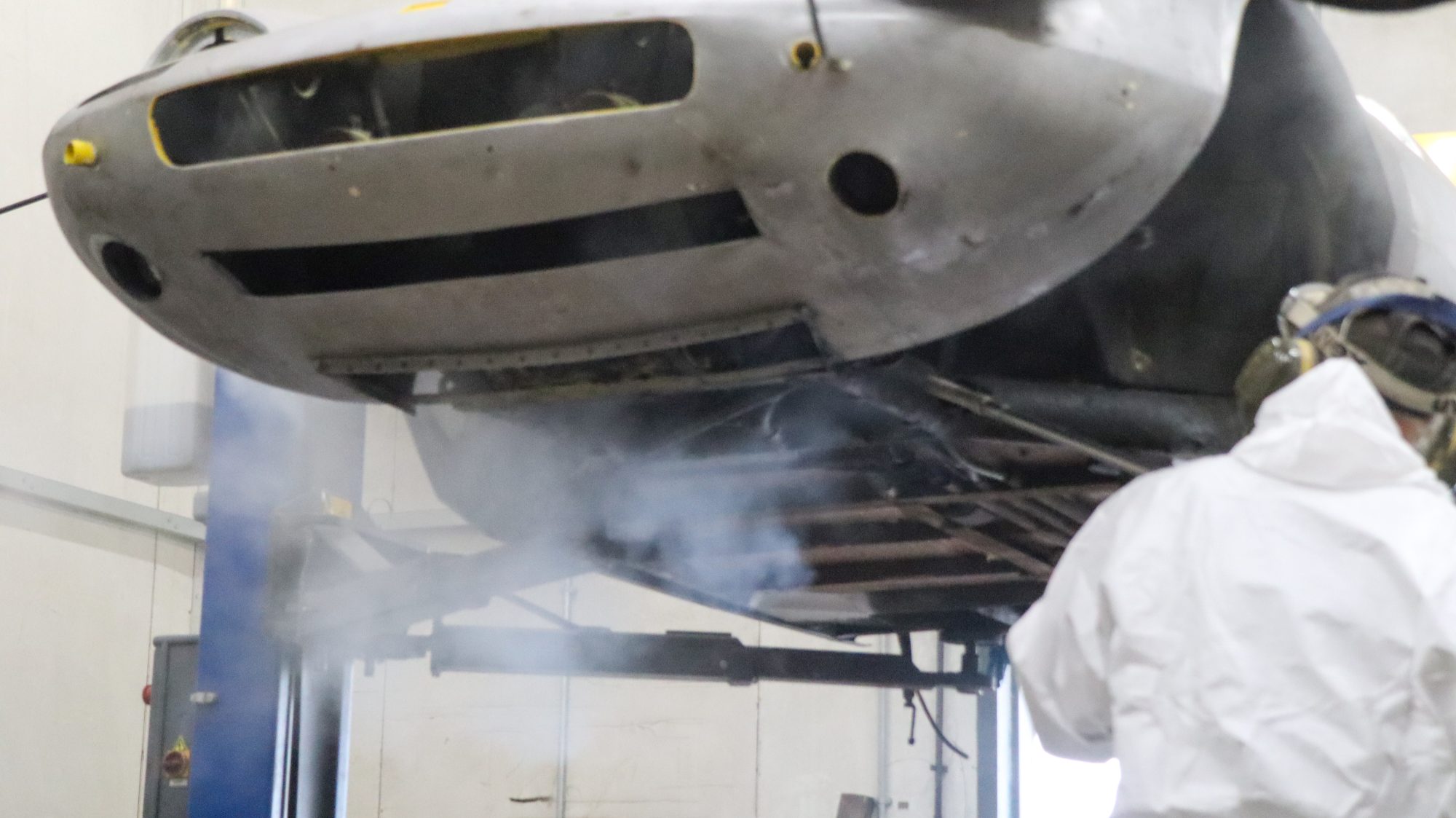

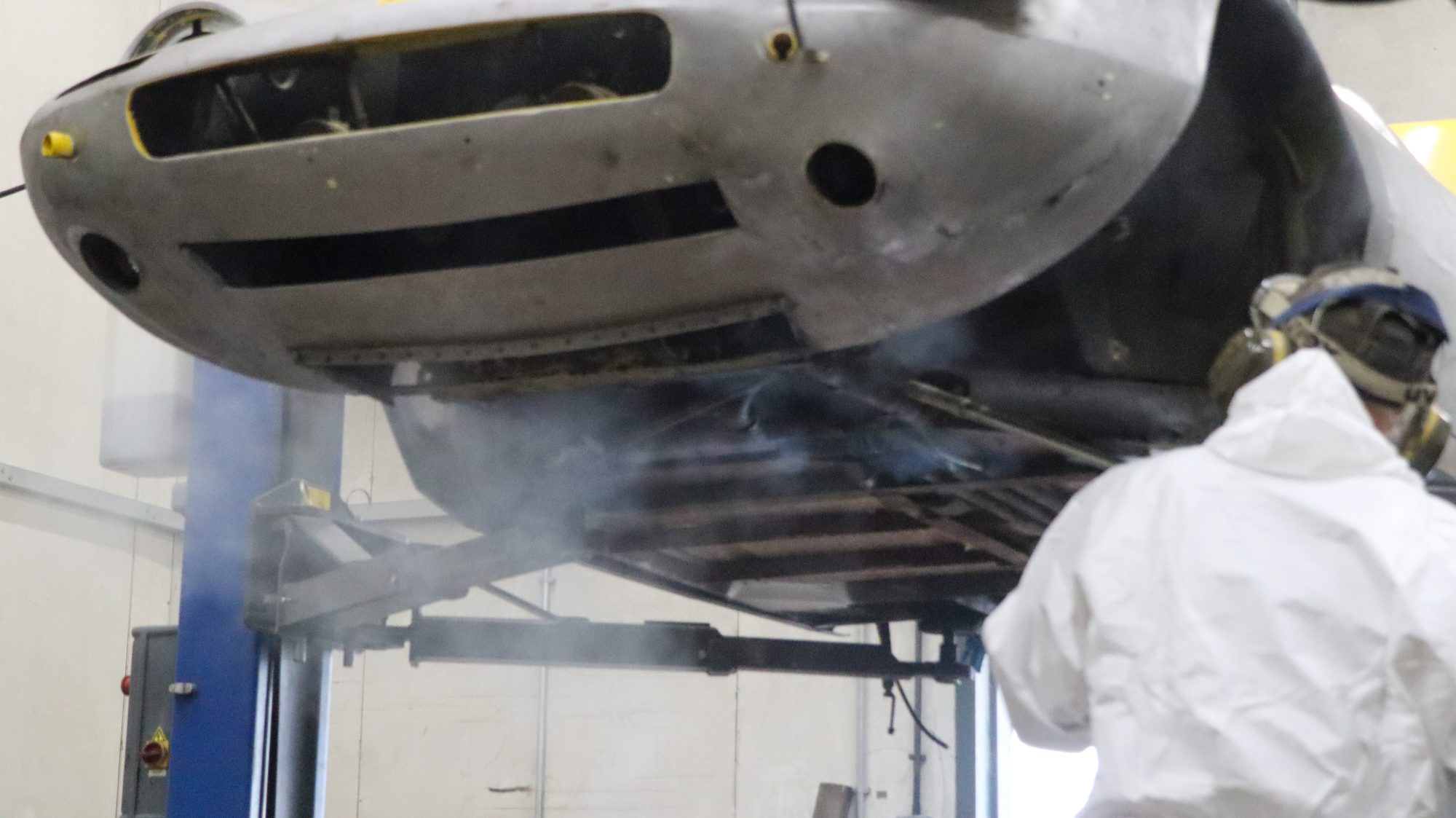
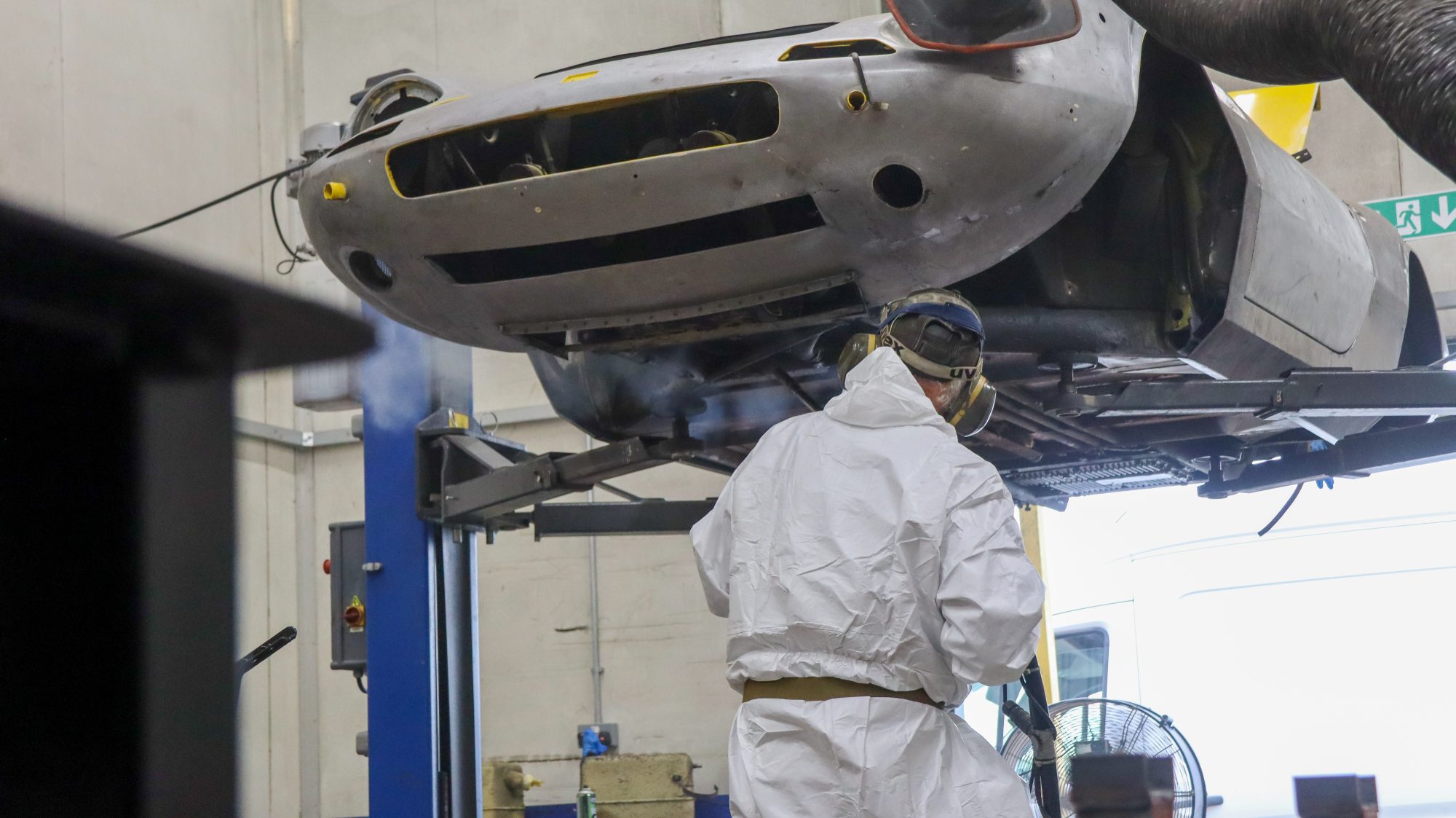


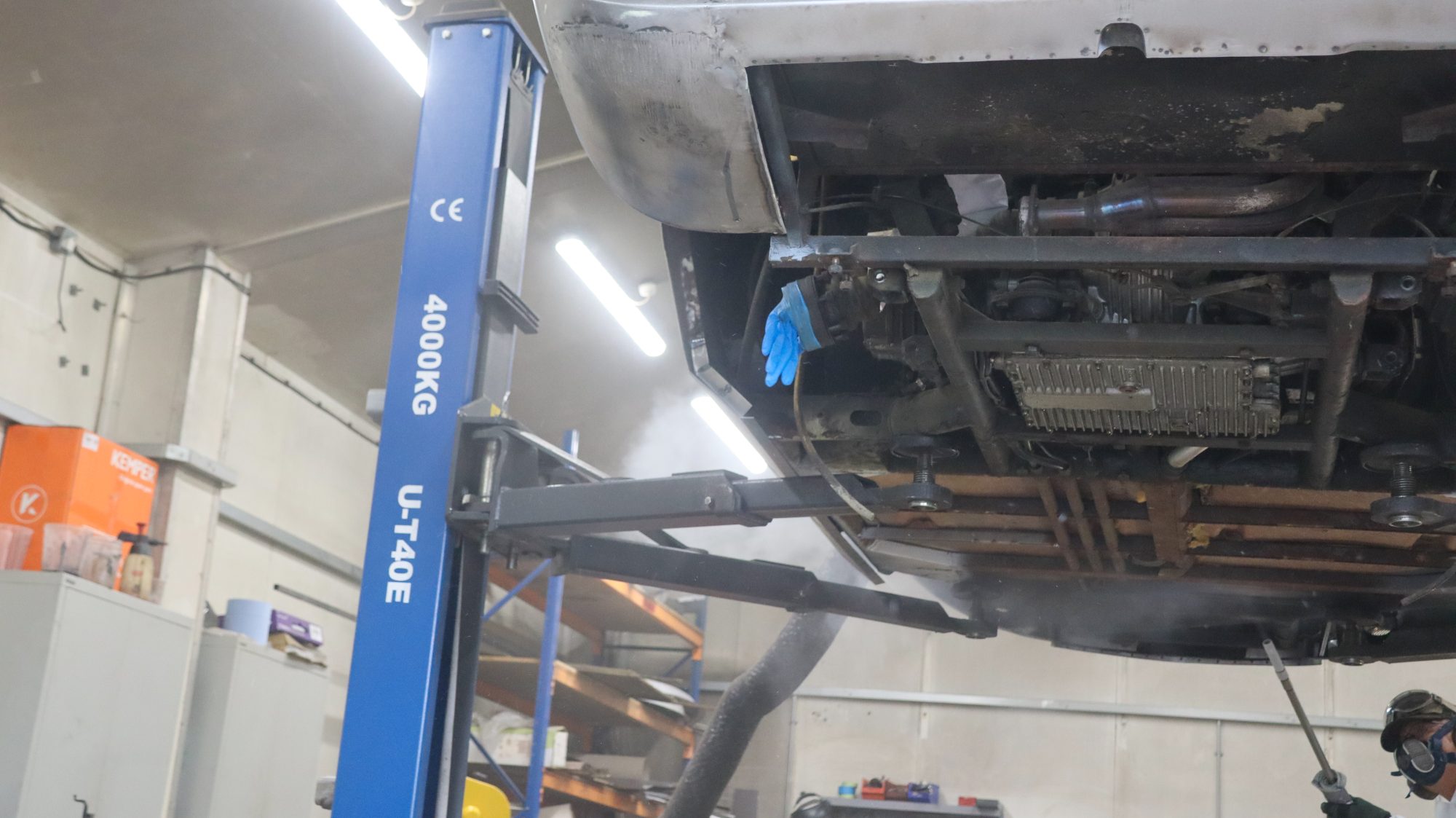
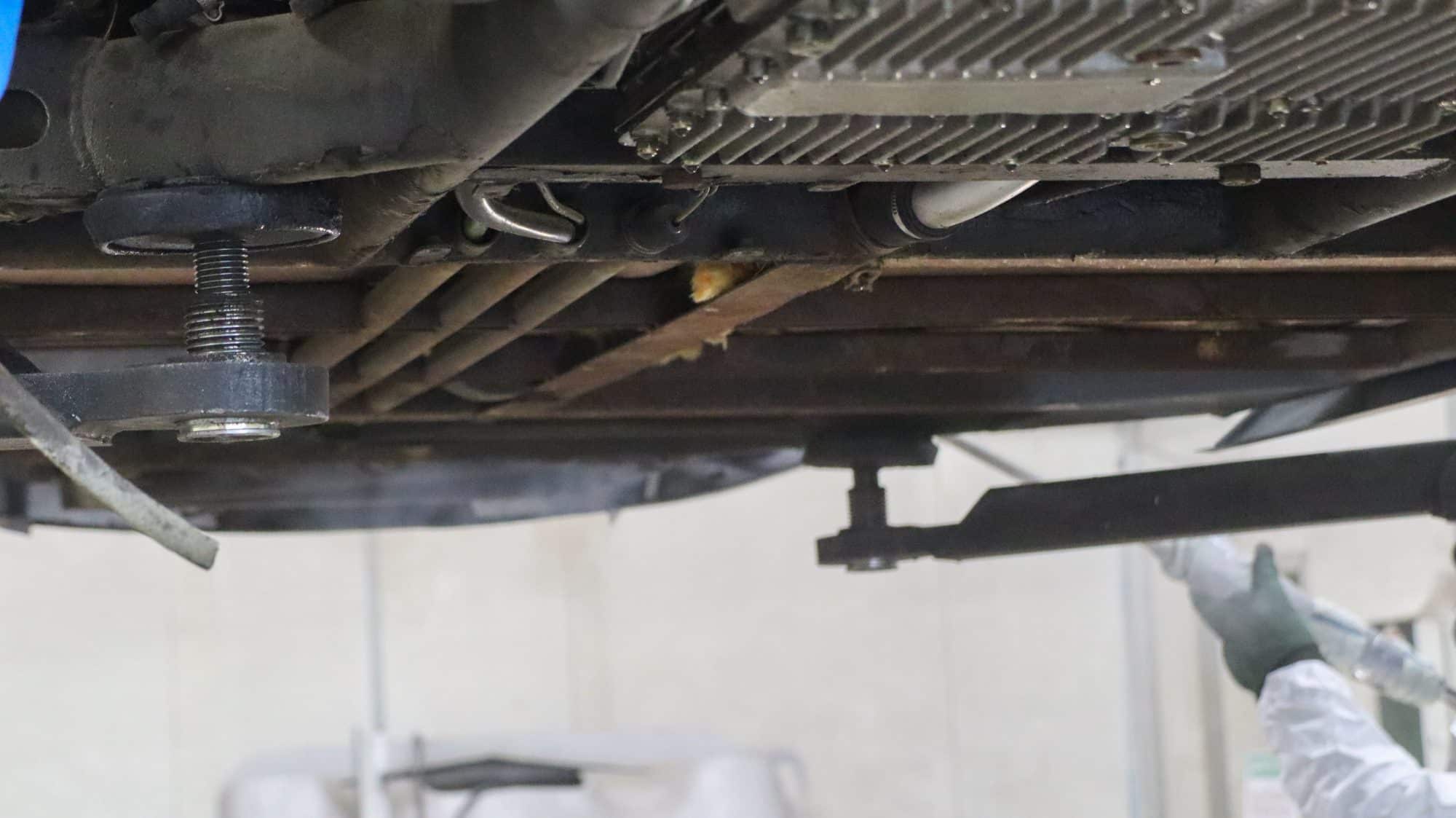
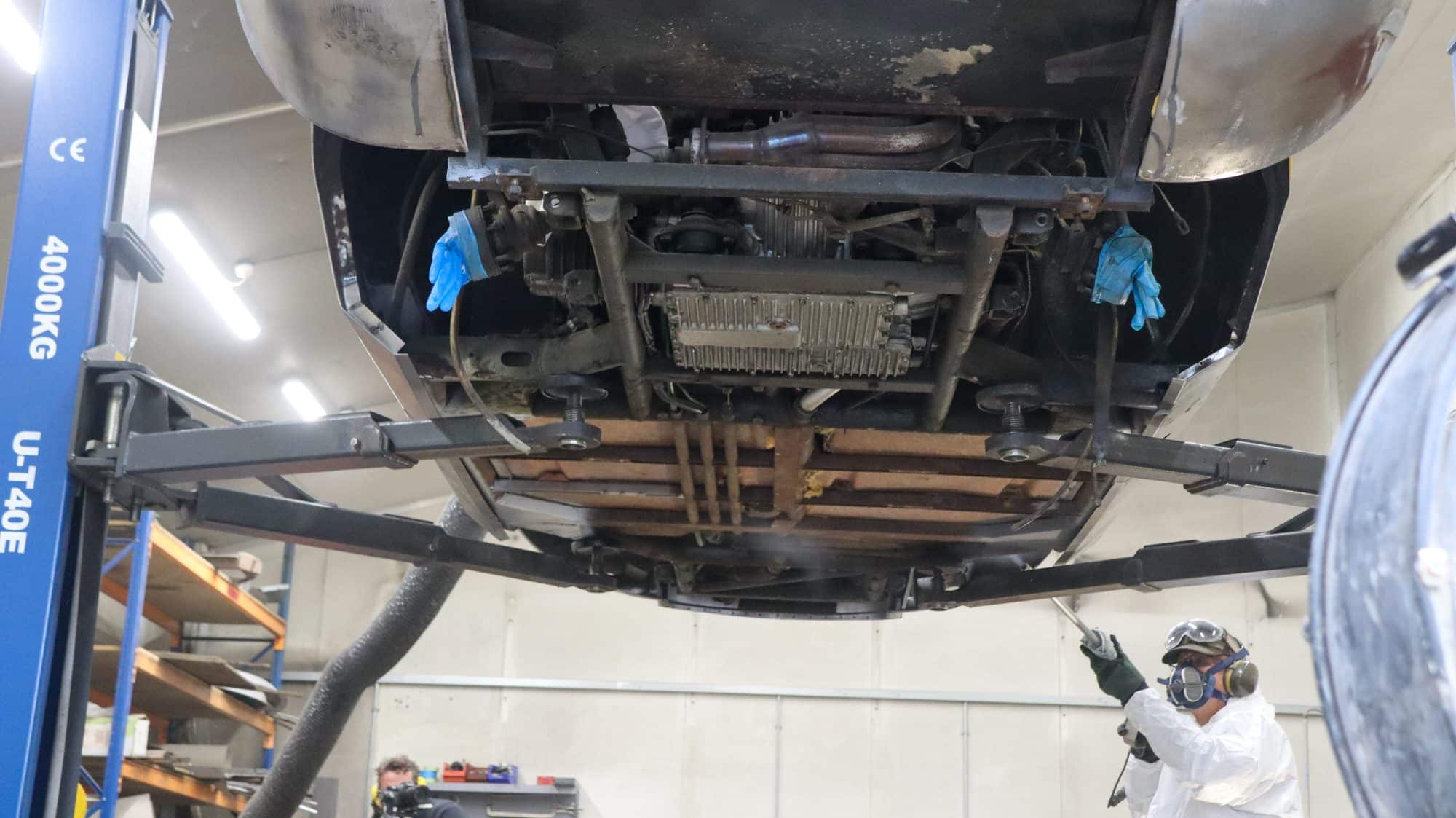


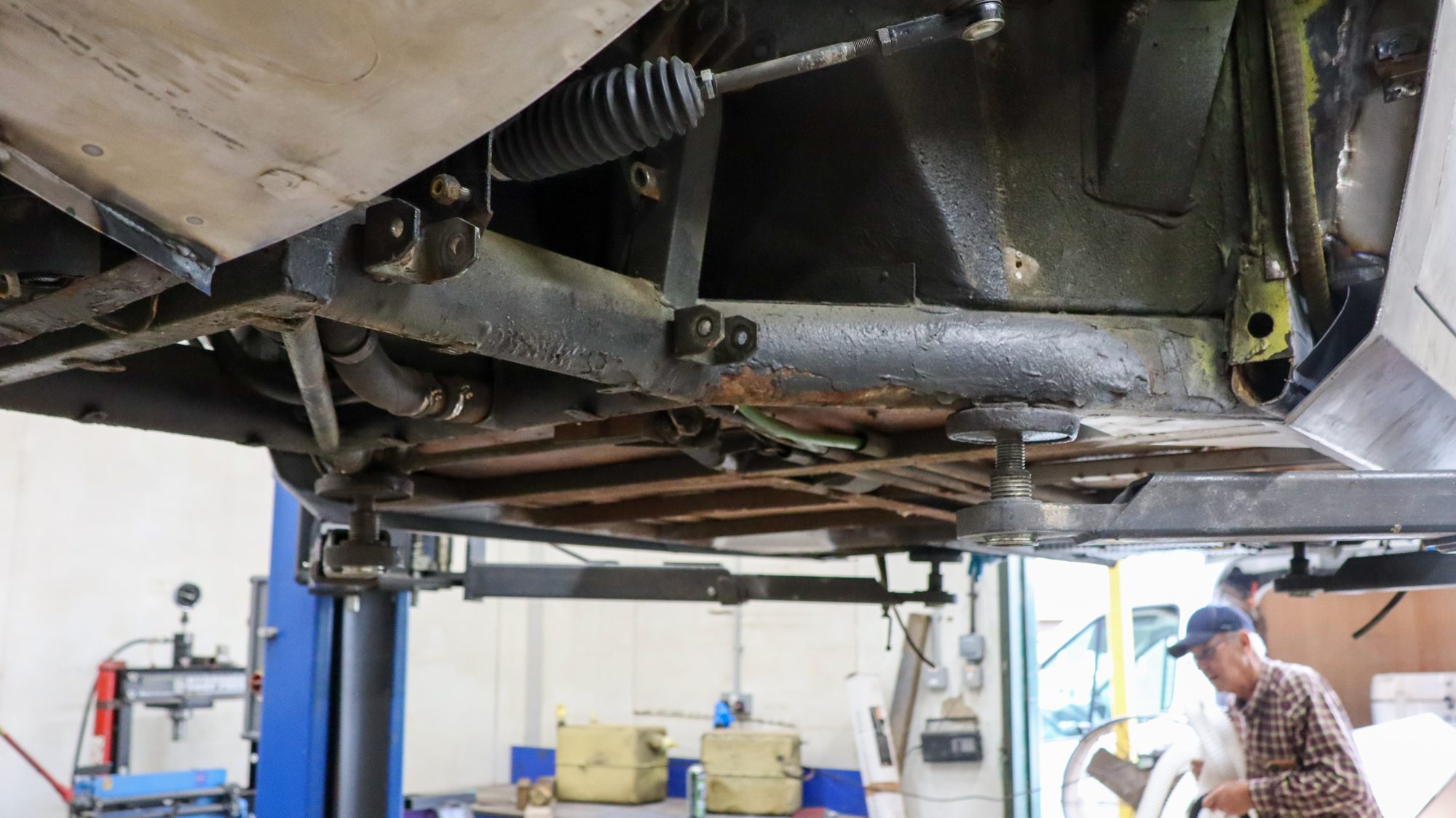


Leave a Reply
You must be logged in to post a comment.